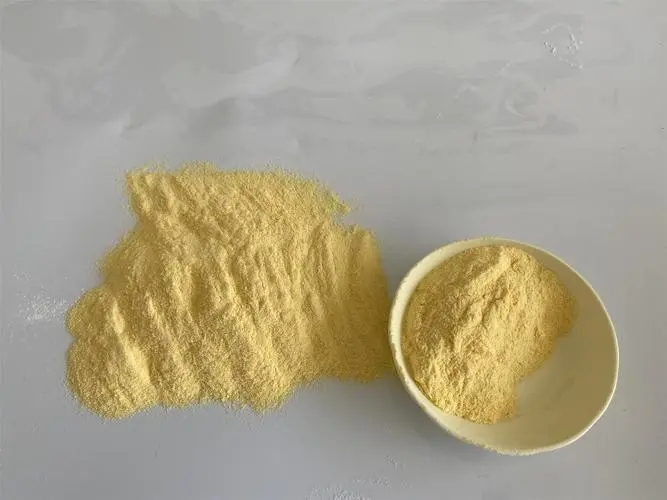Customized phospholipid specification
Time:2024-02-22
Phospholipids are essential components in various industries, including food, pharmaceuticals, and cosmetics. The specifications for customizing phospholipids can vary based on the intended application and the specific requirements of the end product. Here are some common specifications that can be customized for phospholipids:
Phospholipid Composition:
Customize the composition of phospholipids based on the specific phospholipid classes required, such as phosphatidylcholine, phosphatidylethanolamine, phosphatidylinositol, and others. The ratio of these phospholipid classes can impact the functional properties of the phospholipid product.
Phospholipid Source:
Choose the source of phospholipids based on the desired properties and application. Common sources include soybean, sunflower, egg yolk, and krill. Each source may have unique characteristics and applications.
Physical Form:
Customize the physical form of phospholipids, whether in the form of a powder, granules, liquid, or encapsulated form. The physical form can impact ease of handling, stability, and bioavailability.
Particle Size (for Powders):
Specify the particle size distribution for phospholipid powders. This can be crucial for applications where particle size affects solubility, dispersibility, or other functional properties.
Purity Level:
Specify the desired purity level of phospholipids. High-purity phospholipids are often required for pharmaceutical and medical applications. Purity can be determined by the absence of impurities, contaminants, or undesired substances.
Concentration of Active Compounds:
Adjust the concentration of active compounds within the phospholipids. This may include specifying the levels of fatty acids, sterols, or other bioactive components based on the desired nutritional or therapeutic effects.
Color and Odor:
Customize the color and odor of phospholipids, especially in applications where sensory attributes are important, such as in food and cosmetic products.
Solubility:
Adjust the solubility characteristics of phospholipids based on the intended application. Some applications may require phospholipids with improved water solubility or dispersibility.
Stability:
Customize the stability profile of phospholipids, including resistance to oxidation and degradation. This is particularly important for applications with long shelf life requirements.
Bioavailability:
Optimize the bioavailability of phospholipids, especially in pharmaceutical and nutraceutical formulations, to enhance the absorption of bioactive compounds.
Regulatory Compliance:
Ensure that the customized phospholipids meet regulatory standards and requirements for the intended application and geographic region.
When customizing phospholipids, it's essential to work closely with suppliers or manufacturers who have expertise in phospholipid production and can meet the specific requirements of the end product. Regular testing, quality control measures, and collaboration with experts in the field can help ensure the customization meets the desired specifications.


 CN
CN





